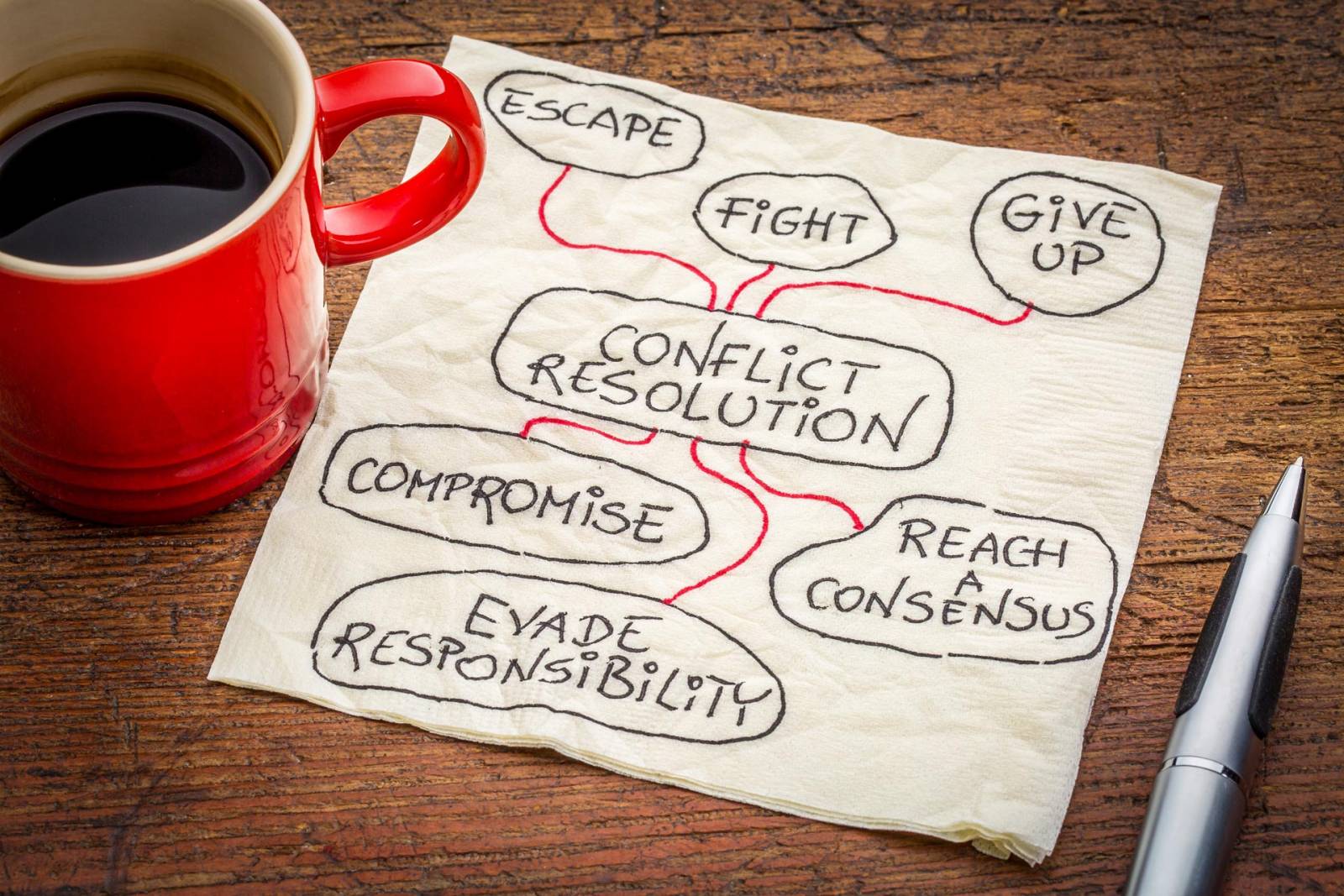
Conflict is an inevitable part of life. Psychotherapist Joyce Marter states, “We all experience conflict; whether we choose to master it or let it master us determines our destiny.” Below we cover several techniques that will help your students learn how to effectively resolve conflict and prevent bullying in your population. When developing conflict resolution skills in your students you should keep the following techniques in mind.
1. Understand that conflict is a normal part of life. The fact that conflict exists is not bad. People have different ideas, opinions, and values that can cause them to not get along with others. Conflict is a normal part of life. Teaching your students this reality is the first step to implementing successful conflict resolution. Understanding that conflict is a normal part of life will allow your students to learn, grow, and move on.

2. Don’t react. Another way to improve conflict resolution is to avoid reacting impulsively to situations. Reacting impulsively involves judging a situation based upon initial feelings or emotions without first stopping to think about what is really going on. This is easy to do, especially for those that are less experienced with handling difficult situations. In order to avoid reacting, students must develop strength and patience. Develop in them the ability to take time and reflect on the situation before formulating a response.
3. Don’t triangulate. Another way to improve conflict resolution skills is to avoid triangulating. Triangulation is when one avoids speaking directly to the person with whom they are having the conflict and instead get someone else involved. Triangulation is counterproductive because it takes the focus away from the primary issue at hand. However, triangulating may be necessary when bullying is involved. Your students must understand that if they feel in danger or cannot handle a confrontation without compromising their safety they should find someone they trust to help them resolve the conflict.

4. Be willing to let go. Sometimes in a conflict the parties are so set on their own solutions that they refuse to compromise. In this situation letting go is the appropriate course of action. Students need to learn that holding on to your own ideas and solutions is sometimes counterproductive. Instead, they should take a moment to reflect and ask themselves if there is anything they can let go of to make way for positive change. This is sometimes the best way to come to a successful resolution of the conflict.

5. Learn from the conflict. Each conflict is a potential learning experience. Conflict can be emotionally exhausting and it is easy to be annoyed or upset that it is occurring in the first place. Viewing the conflict as a learning experience is essential for everyone’s personal growth. Choosing to look at the positive side and reflecting on lessons that can be learned is crucial. Students should view the resolution of a conflict as a stepping stone to solving future conflicts more effectively.
If you would like to see how our Bulling Prevention program can assess your students conflict resolution ability click the free trail button below.
